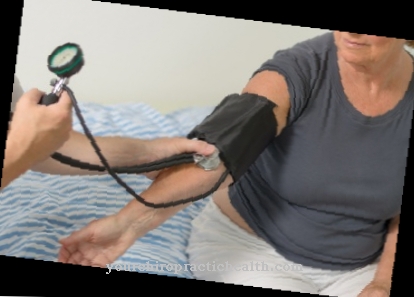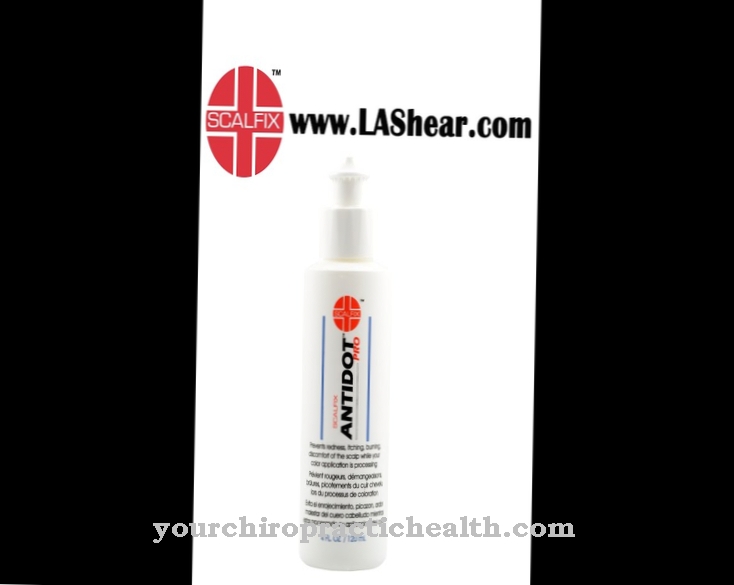The Alfentanil is mainly used in medicine for anesthesia. Due to its fast action time and, at the same time, short duration of action, it is used especially for smaller interventions. The opioid leaves almost no side effects in the patient.
What is Alfentanil?

Opioids have been widely used to anesthetize patients over the past few decades. How they work, however, can vary. Therefore, different basic substances have been established for the respective effect achievement.
Alfentanil is of great importance in short-term surgical interventions. The preparation can take effect after just 30 to 60 seconds and is therefore much faster than many other anesthetics. However, this is also associated with a relatively short duration of action. The base material will minimize the desired effect after about ten minutes.
Depending on the physical constitution and intended use, around 1.5 to 2 milligrams are administered intravenously - in some cases also transdermally - for an average adult. Alfentanil has almost no after-effects when the patient wakes up. As a result, the anesthetic is broken down by the liver. This process is also completely successful.
Pharmacological effect
After administration, the alfentanil enters the organism within one cycle. There it occupies the opioid receptors. They are responsible for the transmission of the pain reflex within the central nervous system. However, this function is inhibited and even completely blocked for a short time.
The pain as such occurs during the operation, but cannot be perceived by the patient. Another effect is the calming effect of alfentanil. It can therefore be administered in low doses before the procedure. It soothes the nerves, relieves existing mental complaints and alleviates the fears of the person concerned. This will be calm about the further procedure.
Compared to many other opioids, alfentanil will not show any reduction in half-life even after repeated use. The duration of action remains roughly the same. Most other preparations from the anesthetic class, on the other hand, lose their effect with repeated use and would have to be dosed correspondingly higher in order to achieve anesthesia. This is of course an advantage, especially if you have several small operations.
Medical application & use
Alfentanil is primarily used for minor operations in the field of surgery or dentistry. Here the pain that occurs is dampened and the consciousness is calmed. The patient does not have to be given general anesthesia, but can remain awake during the operation.
Alfentanil also has a positive effect with general anesthesia. If the previously measured anesthetic is insufficient during an extensive procedure and the end of the operation is already recognizable, the alfentanil can also be injected for the last remaining minutes. It bridges the phase in which the initially administered painkiller loses its effectiveness.
However, any interactions between the two means should always be questioned in advance. Since alfentanil from the opioid family is addictive and euphoric, its use is strictly limited by law. This is intended to counteract misuse and the occurrence of an intoxicating effect. Alfentanil is thus being replaced more frequently by the related fentanyl.
You can find your medication here
➔ Medicines for painRisks & side effects
Alfentanil only has an intoxicating effect in higher doses. In the context of professional anesthesia, it will not have any effect after ingestion or after the operation. The patient is therefore not dazed or unnaturally euphoric after the procedure.
However, slight breathing difficulties can occur. The person concerned also very rarely tends to develop respiratory depression. With her, the frequency of air intake decreases. In serious cases, this can have a harmful effect on health. On the other hand, a brief feeling of dizziness, anxiety and the perception of indefinable pressure in the chest area are more common.
So the mobility of the body can also be slightly reduced. A visual impairment can sometimes also be observed. The affected person should therefore not drive a car or operate any other machine after use.
























.jpg)



